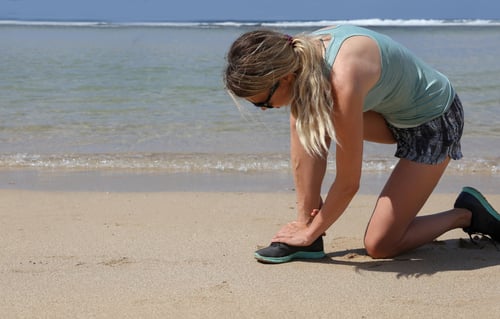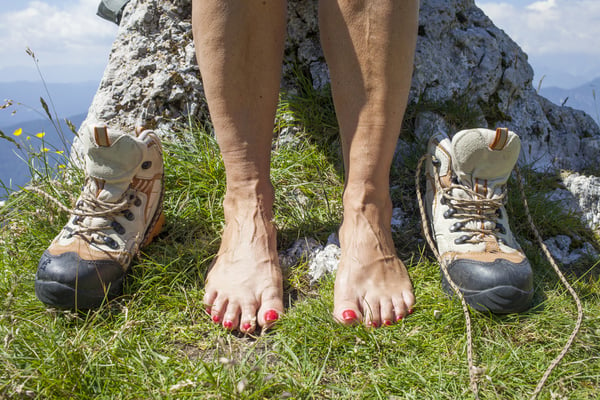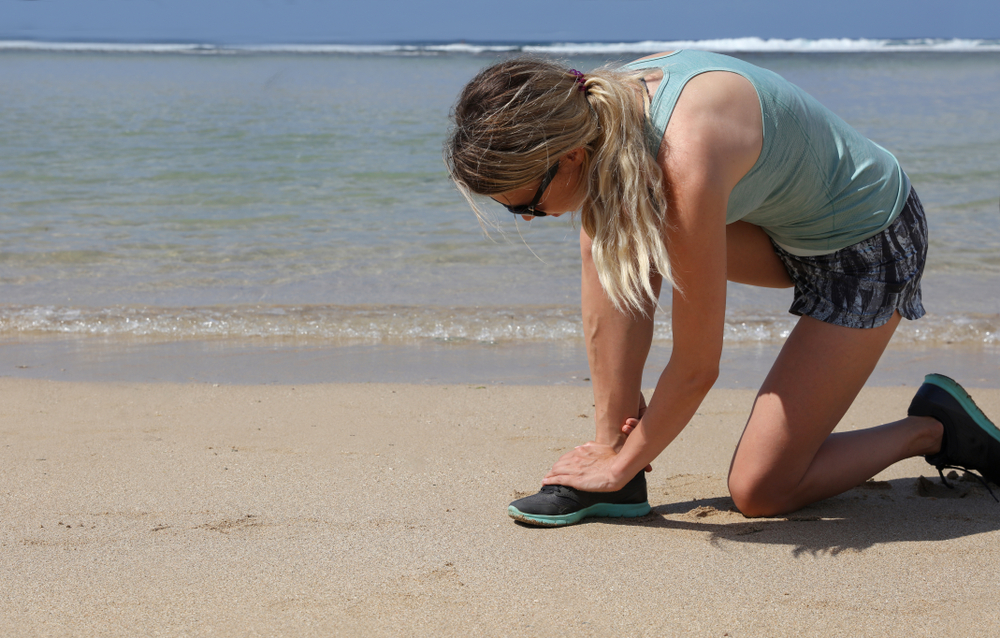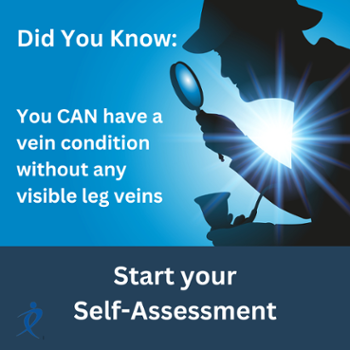As an Athlete, How Can I Tell if I Have a Vein Condition?

Athletes are just as likely as anyone to suffer from vein reflux, but they may not notice the effects of a vein condition early on because of their higher-than-normal pain tolerance. The realization that something else is at play may not happen until an athlete starts to see declining performance numbers.
It can be hard for an athlete to know whether or not they have a vein condition, especially since not all vein conditions show up with visible signs. This is made even more challenging with athletes since by the nature of their training, they more easily withstand the rigors of disciplined physical exercise. They can tolerate the symptoms of fatigue and inflammation to a higher degree than the average individual, and may not realize that a vein condition exists until it starts to show up in lagging athletic performance.
A vein condition is genetic, so it can happen to anyone. It also is chronic, which means it doesn’t go away and will progressively worsen. Athletes are uniquely able to ignore or train past their symptoms, disregarding them as part of the training regimen. That is until the disease progresses, as the athlete ages, or the symptoms worsen to the point where they affect performance. Athletes will then be able to notice declining performance and not be able to explain why.
How Do I Know Whether or Not I Have a Vein Condition?
An athlete has greater physical reserve than a normal individual. The challenge then becomes that, with a vein condition, the symptoms may not be visible, and training can mask the effects...for a while. A vein condition progresses slowly at first, and eventually worsens more dramatically over time.
What do you look for? The most common signs of a vein condition for highly conditioned athletes are fatigue, poor sleep, and the inability to complete events or the decline of performance metrics. Some athletes notice that their performance in the last year has dropped off noticeably, and they can’t understand why. They may suffer from restless leg syndrome, nighttime leg cramps, or notice sock lines left around their ankles in the evenings after training or after being on their feet all day. It’s important to remember that not all the symptoms of a vein condition are visible. Poor quality sleep, where you sleep but wake up not feeling rested...or you sleep but keep waking up...is one of the most common symptoms of a vein condition, and will significantly affect athletic performance.
Most of the Time, Your Legs Will Look Normal
Most people who have a vein condition have normal-looking legs. The presence of a vein condition carries with it both visible and invisible signs, so just because you don’t physically see spider veins or blue bulging, ropy varicose veins...don’t dismiss the possibility.
Because of the nature of vein reflux, blood pools in the lower legs. This triggers an inflammatory response in the body. With athletes, however, so does overtraining. In fact, some inflammation may be considered “normal” for those who train hard. However, the presence of a vein condition also results in inflammation - just not the result of overtraining. And it ultimately will affect performance.
Athletes we’ve treated, both young and old, all describe feeling fatigued which affects their athletic performance or training. The fatigue associated with a vein condition isn’t normal...it is a very specific characteristic of a vein condition in that it's worse in the evenings and leaves even the most active individuals searching for a recliner or someplace to elevate their legs. They feel worn out in the evening and just can’t move without a big effort. For a complete description of what to watch for, download our Checklist of Invisible Signs of a Vein Condition.
Visible Signs of a Vein Condition...Sometimes
The earliest and most common physical sign to watch for is the presence of little tiny veins appearing around the ankles. There may also be visible veins anywhere on the legs. Athletes with low body fat percentages, however, will have lots of visible veins normally, and normally-occurring visible veins are straight. It’s the abnormal ones, like the spider veins and the large curved ropey veins, that twist and wind around the legs that indicate the presence of a vein condition.
Some people with a vein condition will see the more obvious, though less common, signs. Visible signs include things like spider veins, skin stains, varicose veins, or bulging ropey veins that wind around your leg. Even a sock line that remains imprinted on your leg after you take off your sock. If you’d like to know what the visible signs are to watch for, click here.

Don’t Ignore It or Dismiss It
Athletes understand that, by default, a fair amount of healthy discomfort comes with the territory. However, symptoms of a vein condition are not normal. In fact, they can undermine an athlete’s training regimen and affect performance. As an athlete, you pay attention to your body more than most, so if you notice these symptoms and want to restore your circulation to normal, then a vein evaluation and treatment will help.



